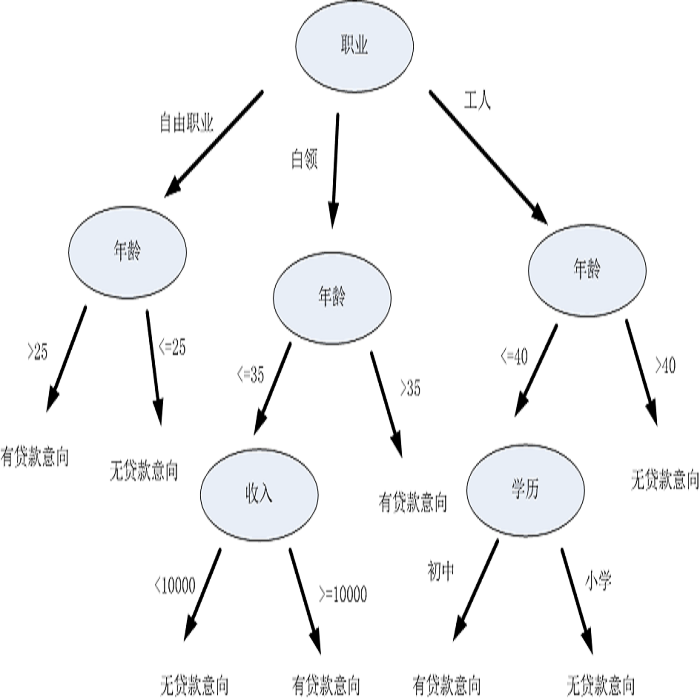The development of new AUV technology increased the range of tasks that AUVs can tackle and the length of their operations. As a result, AUVs are capable of handling highly complex operations. However, these missions do not fit easily into the traditional method of defining a mission as a series of pre-planned waypoints because it is not possible to know, in advance, everything that might occur during the mission. This results in a gap between the operator's expectations and actual operational performance. Consequently, this can create a diminished level of trust between the operators and AUVs, resulting in unnecessary mission interruptions. To bridge this gap between in-mission robotic behaviours and operators' expectations, this work aims to provide a framework to explain decisions and actions taken by an autonomous vehicle during the mission, in an easy-to-understand manner. Additionally, the objective is to have an autonomy-agnostic system that can be added as an additional layer on top of any autonomy architecture. To make the approach applicable across different autonomous systems equipped with different autonomies, this work decouples the inner workings of the autonomy from the decision points and the resulting executed actions applying Knowledge Distillation. Finally, to present the explanations to the operators in a more natural way, the output of the distilled decision tree is combined with natural language explanations and reported to the operators as sentences. For this reason, an additional step known as Concept2Text Generation is added at the end of the explanation pipeline.
翻译:新的AUV技术的开发扩大了AUV能够处理的任务范围及其业务的长度,因此,AUV能够处理高度复杂的行动,然而,这些特派团并不容易纳入传统方法,将特派团定义为一系列预先规划的路径点,因为不可能事先知道在任务期间可能发生的一切,从而造成操作者的期望和实际业务业绩之间的差距,因此,这可能会降低操作者与AUV之间的信任程度,造成不必要的任务中断。为了缩小任务机器人行为与操作者期望之间的差距,这项工作旨在提供一个框架,以易于理解的方式解释特派团期间由自主工具作出的决定和行动,因为不可能事先知道在任务期间可能发生的一切情况,从而造成操作者的期望与实际业务业绩之间的差距,从而导致操作者与AUV之间的信任程度下降,从而导致不必要的任务中断。为了缩小任务机器人行为与操作者之间差距,这项工作旨在提供一个框架,以解释在任务期间由自主工具采取的决定和行动,以易于理解的方式解释;此外,目标是建立一个自治的系统,作为任何自治结构之上的新增一层层次。 使拥有不同自治能力的不同自主系统可以适用这一方法,这项工作将决定的内部工作从决定点与执行过程的内部工作与执行者之间的内部工作相混淆,因此,在使用更自然解释过程中,对自然解释作出解释, 解释。




